

The system of rank insignia worn by Canadian officers was identical to that worn by the British.
Until early 1917, Officers of the Canadian Army below the rank of Brigadier General wore worsted rank insignia on the cuffs of the service dress jacket. As Highland Officer's service dress jackets had a pattern of sleeve cuff known as a "gauntlet cuff" they had a unique pattern of cuff rank.
Metal rank insignia was worn on the shoulder straps of the service dress by Generals, and by all officers on the greatcoat. By 1917, many officers were wearing rank insignia on the shoulder straps. There are examples of uniforms where bronze rank insignia is worn on the shoulder straps, and the cuff pattern is worn as well, but without pips or crowns. The wearing of rank insignia on the jacket cuff was abolished in 1920.
The pattern of crown in wear during this period was the Tudor crown, commonly known as the "King's" crown, introduced in 1902. The design of the rank star or "pip" is based on the star of the Order of the Bath. Dress Regulations stated that on service dress, metal pips and crowns were to be of dull bronze.
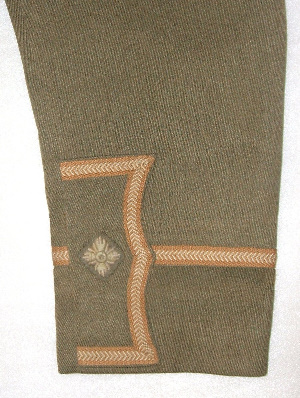 Second Lieutenant |
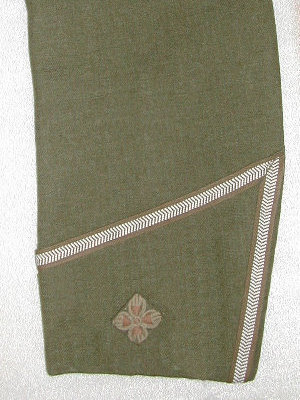 Highland Regiments |
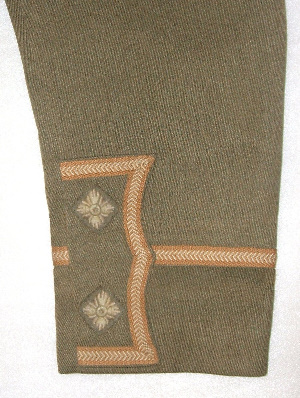 Lieutenant |
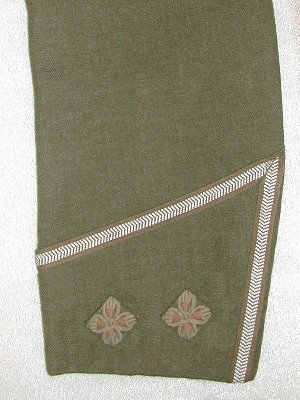 Highland Regiments |
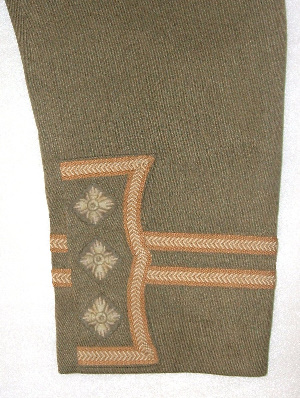 Captain |
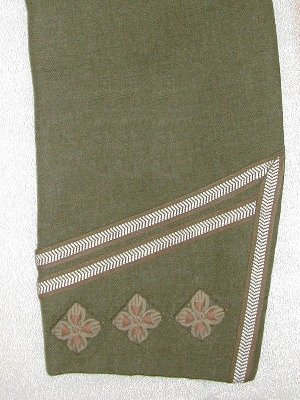 Highland Regiments |
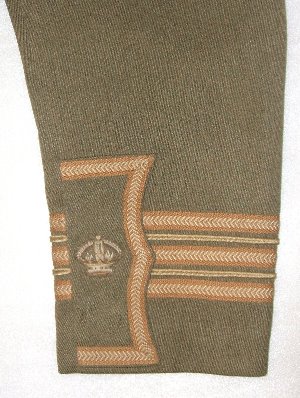 Major |
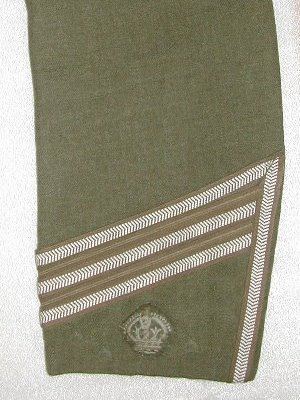 Highland Regiments |
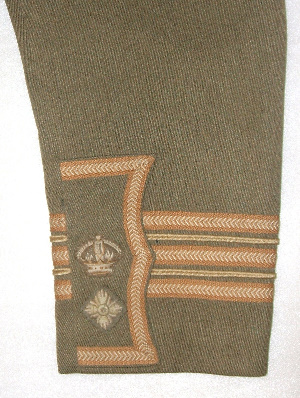 Lieutenant Colonel |
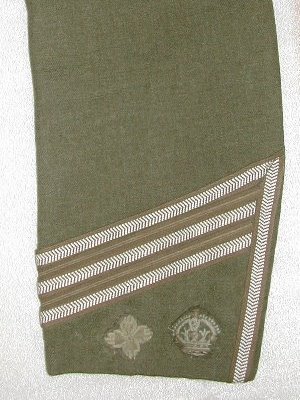 Highland Regiments |
 Colonel |
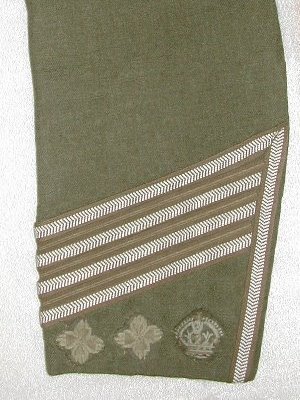 Highland Regiments |
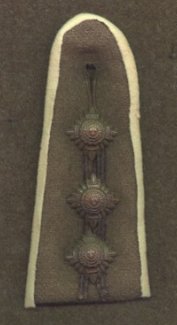 According to the 1907 Canadian Dress Regulations, coloured shoulder straps were to be worn by officers on the service dress and greatcoats. These patterns duplicated those in use by the British, however there was no mention of a pattern for use by Military Police in the Canadian regulations.
According to the 1907 Canadian Dress Regulations, coloured shoulder straps were to be worn by officers on the service dress and greatcoats. These patterns duplicated those in use by the British, however there was no mention of a pattern for use by Military Police in the Canadian regulations.
The shoulder strap provided for Military Police in British dress regulations had white edging with two black tracing braid stripes down the center. Pips and crowns were to be of dull bronze or blackened metal. It is possible that some Canadian officers appointed to Military Police duty adopted the British shoulder straps upon arrival in England, however, to date, no photographic evidence has been found to support this theory.
The illustrated Captain's shoulder strap is from a Canadian source, but it's actual provenance is not known. After 1915, coloured shoulder straps gradually went out of wear and by 1917 were rarely seen on uniforms.
 |
Field Officers, (Majors and Colonels) wore scarlet collar tabs or gorgets with a line of red chain gimp tape on their service dress jackets.
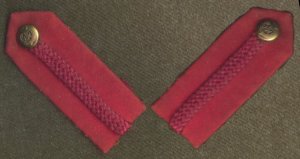
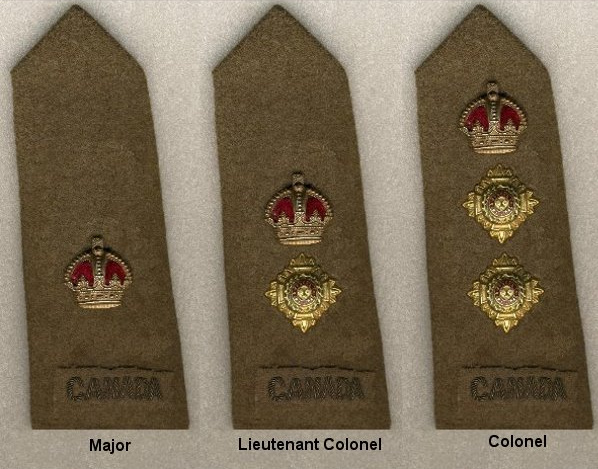 |
During the First World War, the highest field rank in the Canadian Army was Lieutenant General. The rank of Brigadier General and it's insignia was abolished in 1920, the rank was re-introduced in 1928, the insignia being changed to a Crown over 3 pips. The General's rank insignia of crossed sword and baton was always worn with the tip of the sword facing forwards. Generals did not wear rank insignia on the cuffs.
General Officers wore collar gorgets with different colour backings depending on their Branch or Corps. General Staff Officers wore scarlet gorgets with gold embroidered oak leaves. An unusual Canadian pattern of gorget had maple leaves in place of the usual oak leaves.
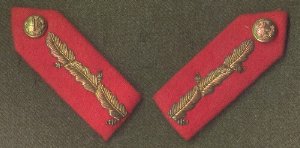 |
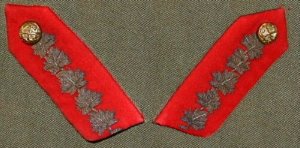 |
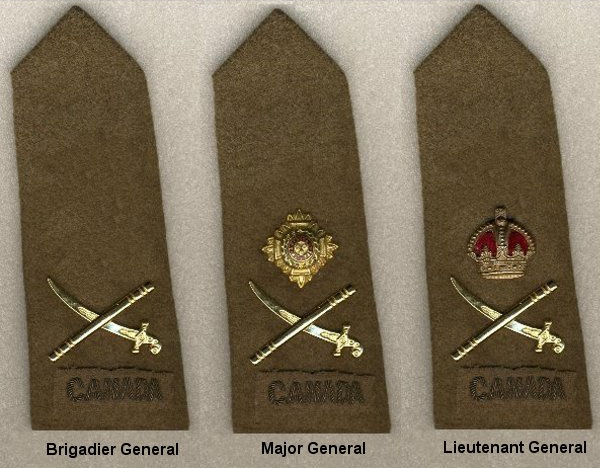 |